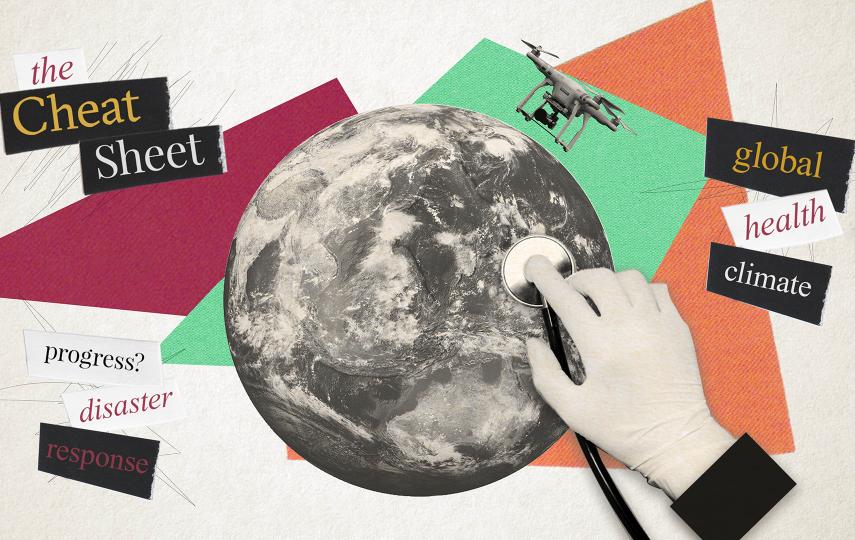President Donald Trump has said he will stop US funding for the World Health Organisation, but it comes as the UN agency is buoyed by donations from other sources for its immediate priority: the coronavirus pandemic.
COVID-19 funding and money for much of the WHO’s work comes from voluntary contributions from states, international organisations, and the private sector. Its core budget, however, is raised from membership dues. The United States has not paid its dues to the organisation for 2020, nor has it paid most of 2019’s bill.
Ahead of the US funding boycott, announced at a White House press briefing on 14 April, the WHO already had commitments amounting to 94 percent of its $450 million COVID-19 funding target for this year. As of 9 April, it had received $365 million (about four percent of which was from the United States), and recorded pledges for a further $61 million, including an unknown US amount.
Trump’s funding cut announcement would appear to have a limited impact on the WHO’s COVID-19 response in 2020, with Kuwait, Japan, and the European Commission being the largest donors. The US contribution, recorded at $14 million, puts it in seventh place as a country donor.
The WHO is doing better than its UN peers in COVID-19 fundraising. The UN had bid collectively for a $2 billion package of emergency response – including the WHO’s $450 million. UNICEF, the UN’s refugee agency (UNHCR), and the World Food Programme have each received no more than 12 percent of their targets.
The WHO is soon expected to call for major new funding, not for itself but for the wider response, as it updates an umbrella plan of response activities and support to its member states. The first version of that Strategic Response and Preparedness Plan, priced at $675 million, was issued in early February.
While the WHO should be able to weather a US funding freeze for COVID-19, its long term prospects may be of greater concern.
The United States paid 12.5 percent – $281 million – of the organisation’s voluntary revenue in 2018. This is funding donors can choose to withhold. Mandatory – or “assessed’ – contributions to the WHO, on the other hand, are part of a member’s obligations and cannot be indefinitely skipped. Percentages are calculated and assigned to members proportional to their national wealth. The US share is 22 percent of the annual core budget.
The United States currently owes $196 million in dues*, according to the WHO’s records.
*After checking data with the WHO, this figure was revised on 30 April from $99 million to $196 million.
– Ben Parker
Subscribe to our coronavirus newsletter to stay up to date with our coverage.





